Producing a Cast: from Mold Creation to Patina
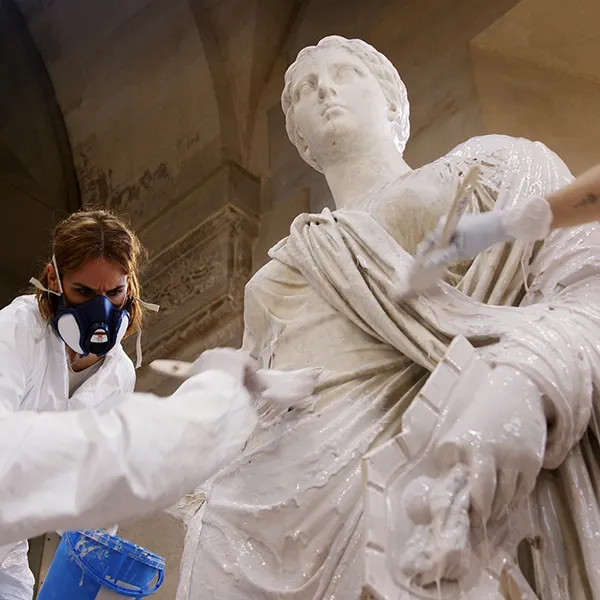
Making a mold
The casting process
Creating the patina
Above: application of liquid elastomer on the Ceres Mattei, also known as Faustina at Versailles
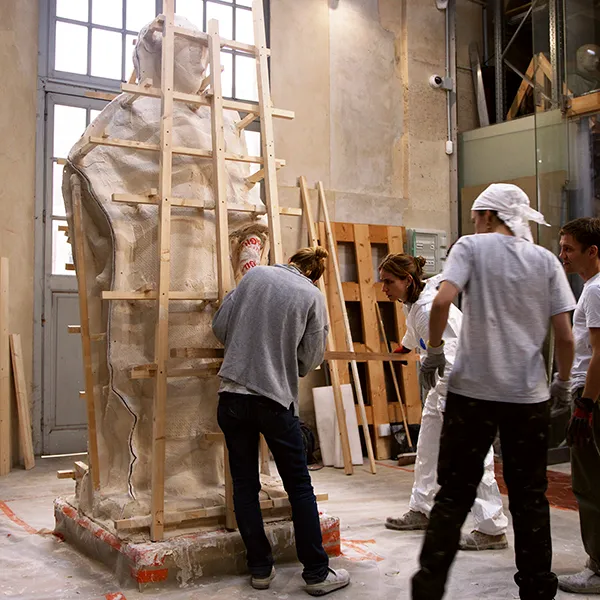
Finalization of the wooden frame
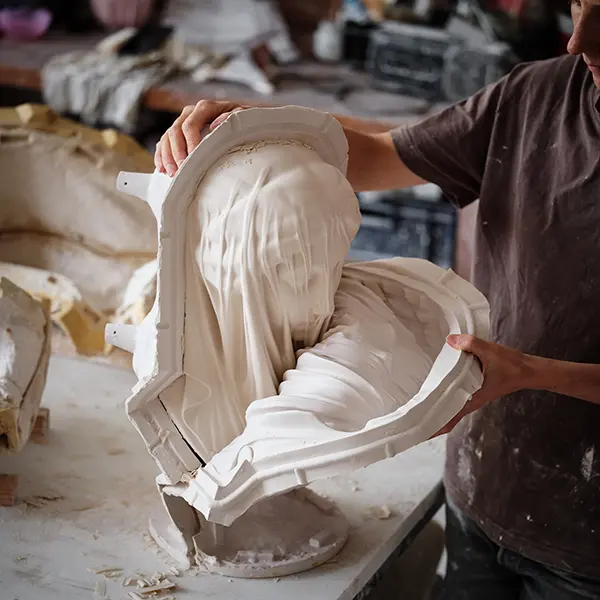
Unmolding of Vierge voilée (PI007386)
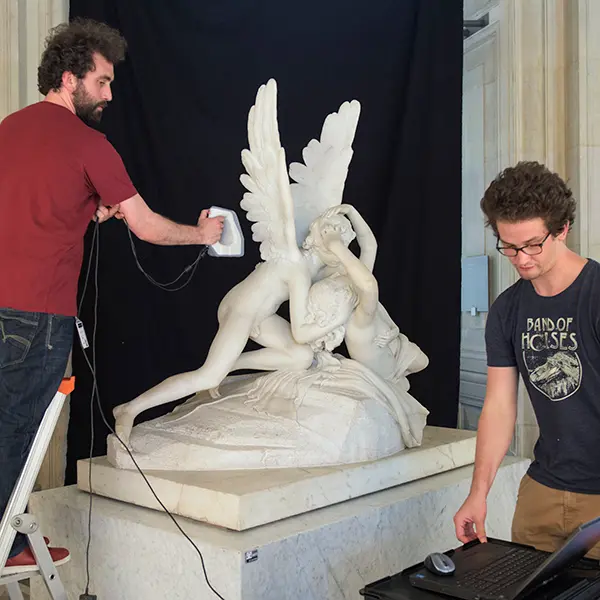
Processing the digital imprint of Psyche Revived by Cupid’s Kiss (RI017201) at the Louvre Museum
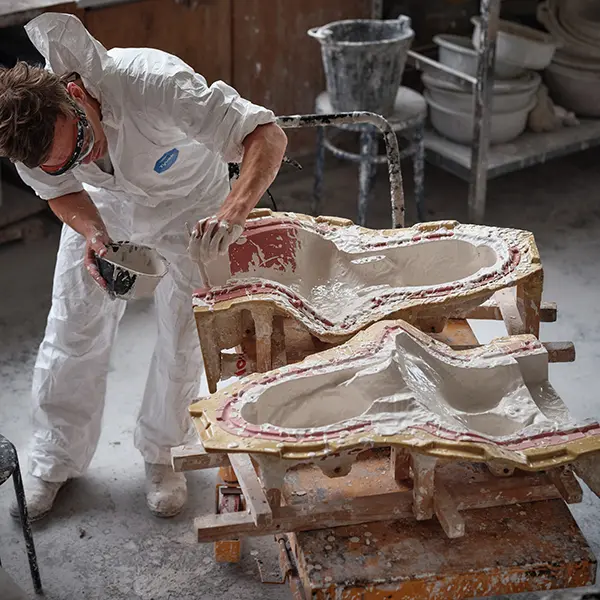
Applying the first coat of plaster in the mold
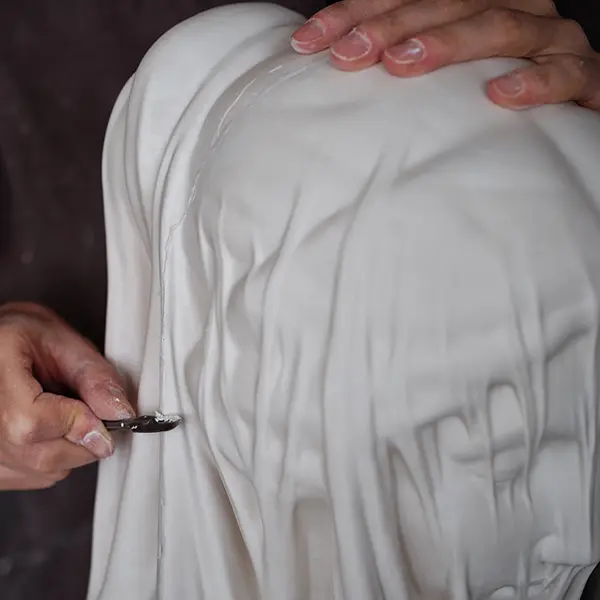
Trimming of the Veiled Virgin (PI007386)
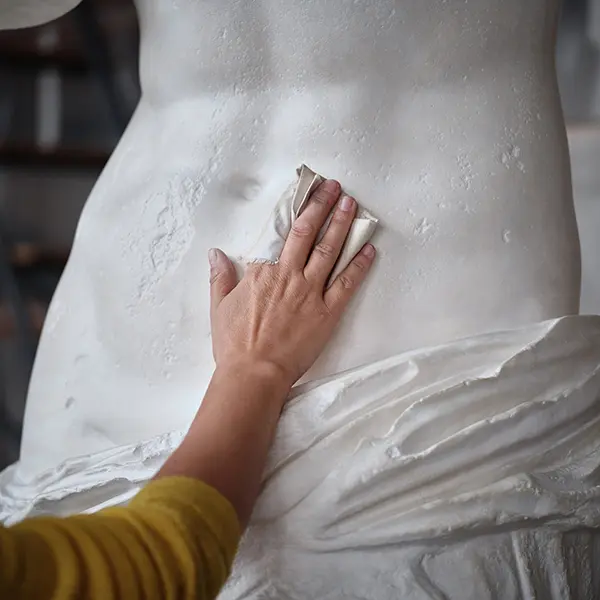
Application of a patina on the Venus de Milo (PB002024)
